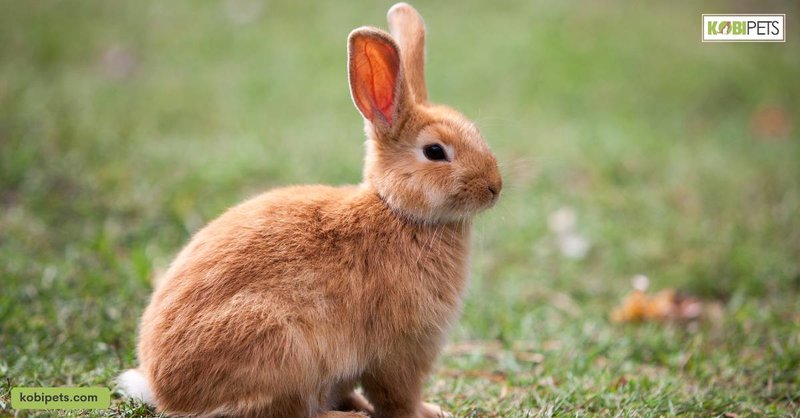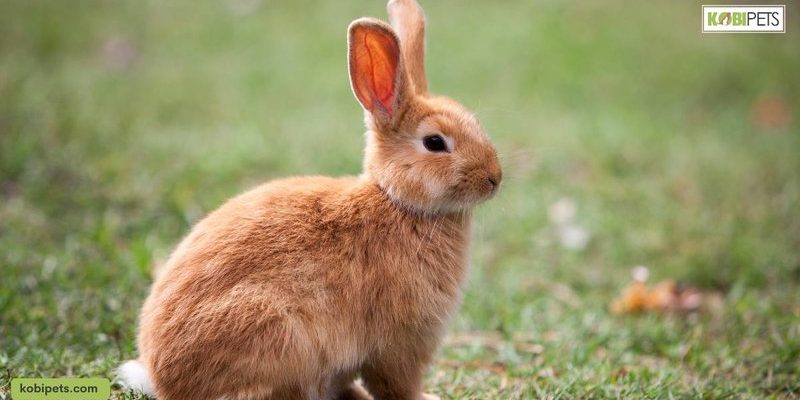
Havana rabbits, known for their beautiful, rich-colored fur and friendly personalities, make wonderful companions. They can be a bit more than just cute faces; they require time, love, and attention. So, if you’re wondering how to provide the best care for your Havana rabbit, you’ve come to the right place. Let’s break down the essentials together!
Creating a Comfortable Habitat
When it comes to housing your Havana rabbit, *location, location, location* matters! You’ll want to find a comfortable, safe space where your bunny can explore and relax. A large rabbit cage or a designated rabbit-proof area in your home is ideal. The minimum size for a rabbit cage should be at least 4 feet long, 2 feet wide, and 2 feet high, but bigger is always better. Think of it as giving your furry friend a cozy apartment!
Bedding is another important aspect of your rabbit’s home. Use soft, absorbent materials like aspen shavings or paper-based bedding. Avoid cedar and pine shavings, as they can be harmful to your rabbit’s health. Be sure to change the bedding regularly to keep things clean and odor-free. Think of it like changing the linens in your own bed—comfort is key!
Lastly, provide your rabbit with plenty of hiding spots and toys. Rabbits love to chew and explore, so include chew toys, tunnels, and cardboard boxes. This isn’t just for fun; it also keeps their minds active and engaged. After all, a bored rabbit can become a destructive rabbit!
Feeding Your Havana Rabbit the Right Diet
You might be wondering what’s on the menu for your Havana rabbit. Let’s explore how to keep their diet balanced and nutritious, just like a well-planned meal. The cornerstone of a rabbit’s diet should be hay. Timothy hay or orchard grass hay is best. It’s not just a tasty treat; it helps keep their teeth healthy and promotes good digestion. Aim for unlimited access to hay daily—think of it as the bread and butter of their diet!
Next up, fresh vegetables! Offer a variety of leafy greens, such as romaine lettuce, kale, and cilantro. Introduce one new vegetable at a time to see how your bunny reacts. It’s a bit like trying new foods at a restaurant; you don’t want to order something that makes you sick! Aim for about 1–2 cups of fresh vegetables per day, depending on your rabbit’s size.
Don’t forget about pellets! Quality rabbit pellets can be part of their diet but should be limited. About 1/4 cup per 5 pounds of body weight is a good rule of thumb. Remember to avoid mix-type pellets that contain seeds or dried fruits, as these can lead to obesity and other health issues. Think of it this way: you wouldn’t want to eat candy all day, would you?
Grooming Your Havana Rabbit
Grooming your Havana rabbit is more than just keeping them looking cute—it’s essential for their health, too! These little guys have a beautiful coat, but with that beauty comes the need for regular care. Rabbits shed, so brushing them at least once a week will help minimize fur everywhere. Use a soft-bristled brush designed for rabbits, and be gentle, especially around sensitive areas.
Bathing should be avoided unless absolutely necessary. Rabbits are excellent self-groomers, and frequent baths can strip their fur of natural oils. If your rabbit gets dirty, a damp cloth can usually do the trick. Just think of it as a gentle face wipe!
Another important aspect of grooming is checking their ears, nails, and teeth. Regularly examine their ears for dirt or parasites, and trim their nails every few weeks to prevent overgrowth. You can do this at home or ask your vet for guidance. And while you’re at it, keep an eye on their teeth—overgrown teeth can lead to serious health issues. Regular chewing on hay and safe toys usually keeps their teeth in check.
Providing Social Interaction
Havana rabbits are social creatures, so they thrive on interaction with their humans. They’re not just pets; they’re family members! Try to spend at least an hour each day interacting with your rabbit. This could be through gentle petting, playtime, or even just allowing them to hop around your living room under supervision.
You might also consider getting another rabbit for companionship, but make sure to introduce them properly. A friend can help keep your bunny entertained and active, much like how we enjoy hanging out with friends. Just be patient during the introduction process; it’s crucial for building a peaceful bond.
Remember, *the more love and attention you give*, the more you’ll get in return. A happy rabbit will be more likely to show affection and enjoy spending time with you.
Spotting Health Issues Early
When you’re caring for a Havana rabbit, being aware of their health is crucial. Rabbits are good at hiding health problems, so regular check-ups with a vet are important. Here are some signs to watch out for:
– Changes in eating or drinking habits: If your rabbit suddenly stops eating or drinking, that’s a red flag.
– Lethargy: If they’re less active than usual, they might not be feeling well.
– Changes in stool: Check that their droppings are consistent in size and shape. A drop in droppings can indicate a health issue.
If you notice any unusual behaviors, call your vet right away. Don’t wait—early intervention can make a big difference! Keeping your rabbit healthy is just like keeping a car in good condition; regular maintenance and timely repairs go a long way.
Creating a Safe Environment
Lastly, making your home safe for your Havana rabbit is non-negotiable. Rabbits love to chew on things, so it’s vital to rabbit-proof your living area. Start by removing any electrical cords, as these can be tempting and dangerous. You can also use cord covers to protect them if moving them isn’t possible.
Beware of plants and flowers that are toxic to rabbits. Keep common houseplants like lilies, azaleas, and tulips out of reach. Instead, encourage your furry friend to play with safe, chewable toys. It’s a bit like childproofing your home—ensuring your little one stays safe and sound!
You should also have a cozy, quiet spot where they can retreat when they feel overwhelmed. Whether it’s a dedicated corner of their cage or a cozy bunny bed, think of it as their little sanctuary.
In conclusion, caring for a Havana rabbit requires dedication and love. By providing a suitable habitat, a healthy diet, and regular grooming, you’re setting your bunny up for a happy life. Always remember, a well-cared-for rabbit is a joyful rabbit, and that’s what it’s all about! Enjoy every hop and cuddle, because these little furballs sure know how to steal your heart!

